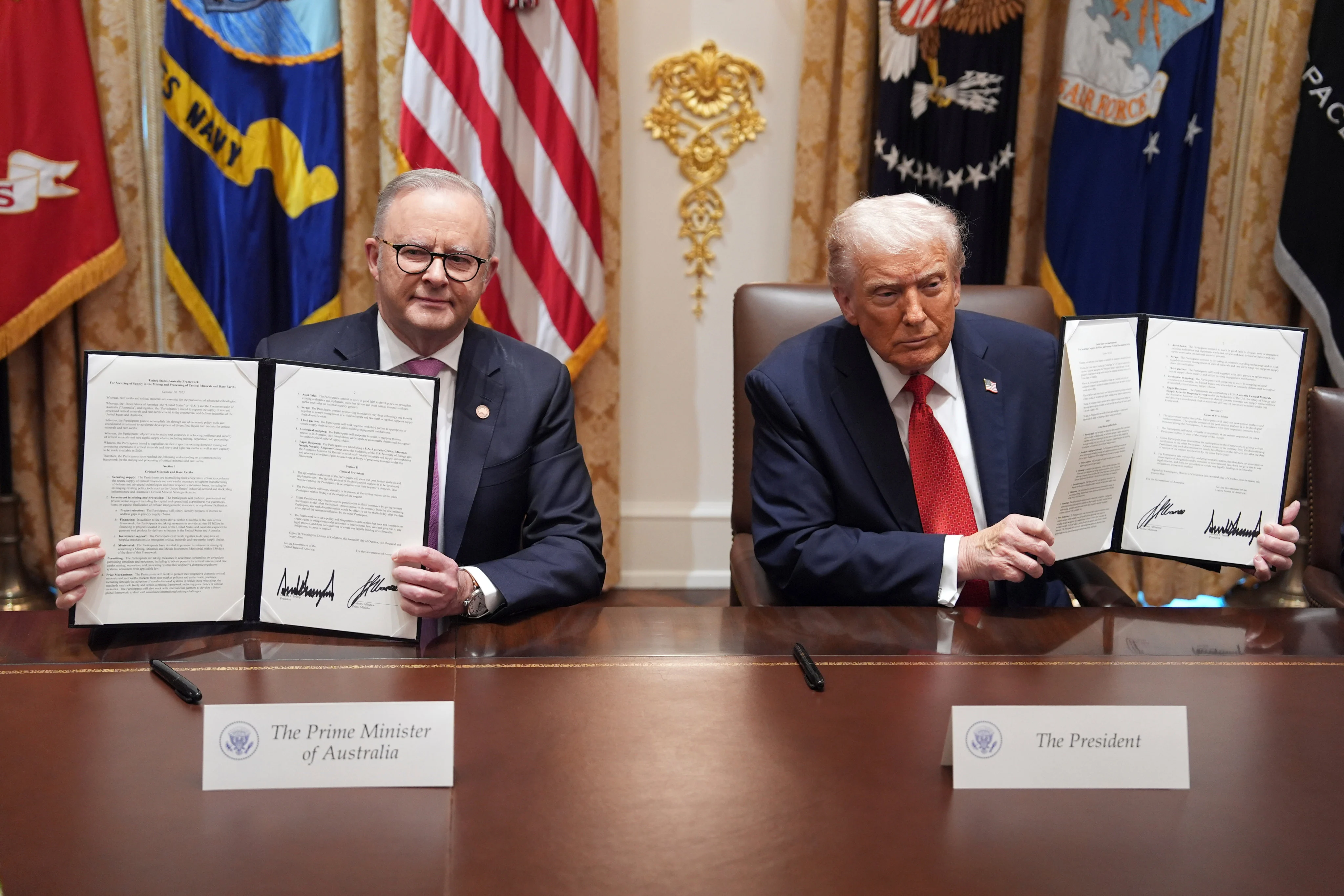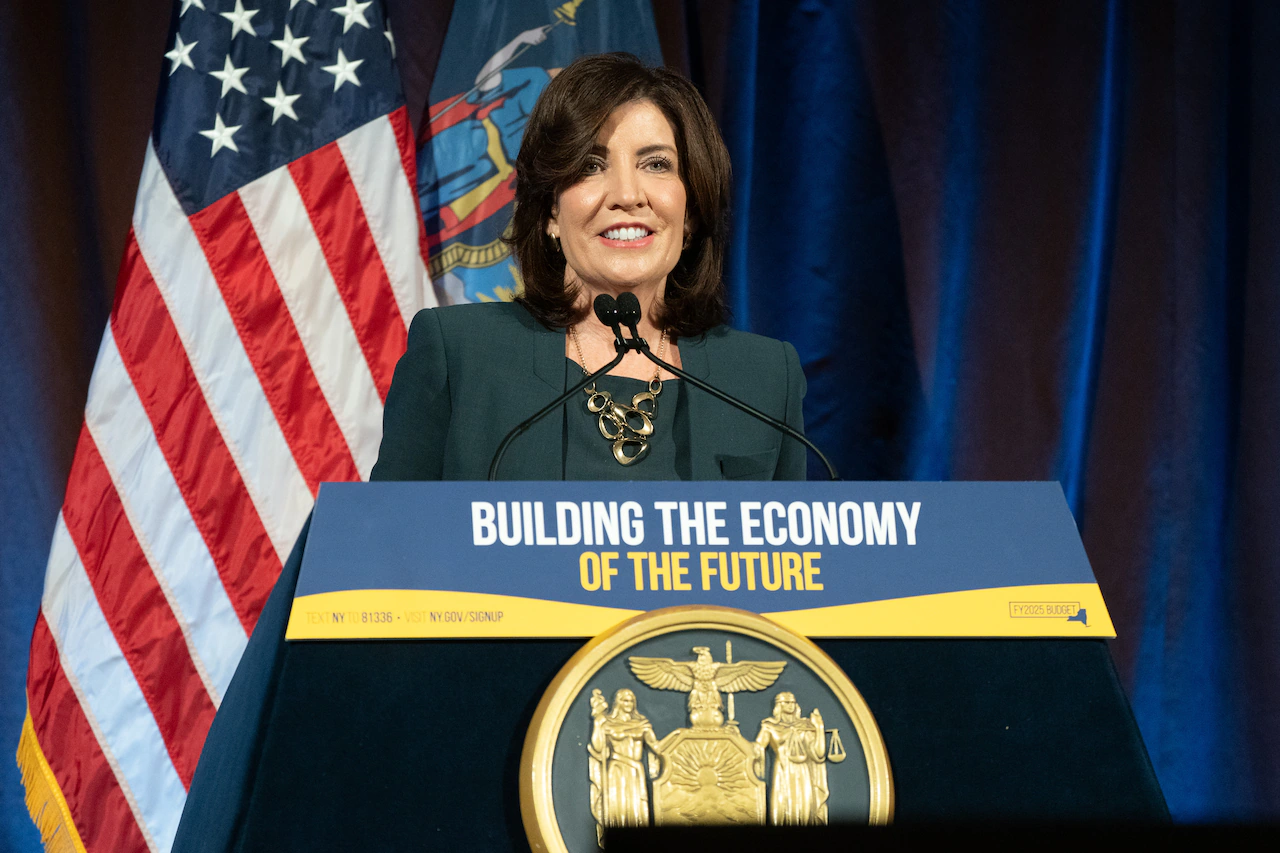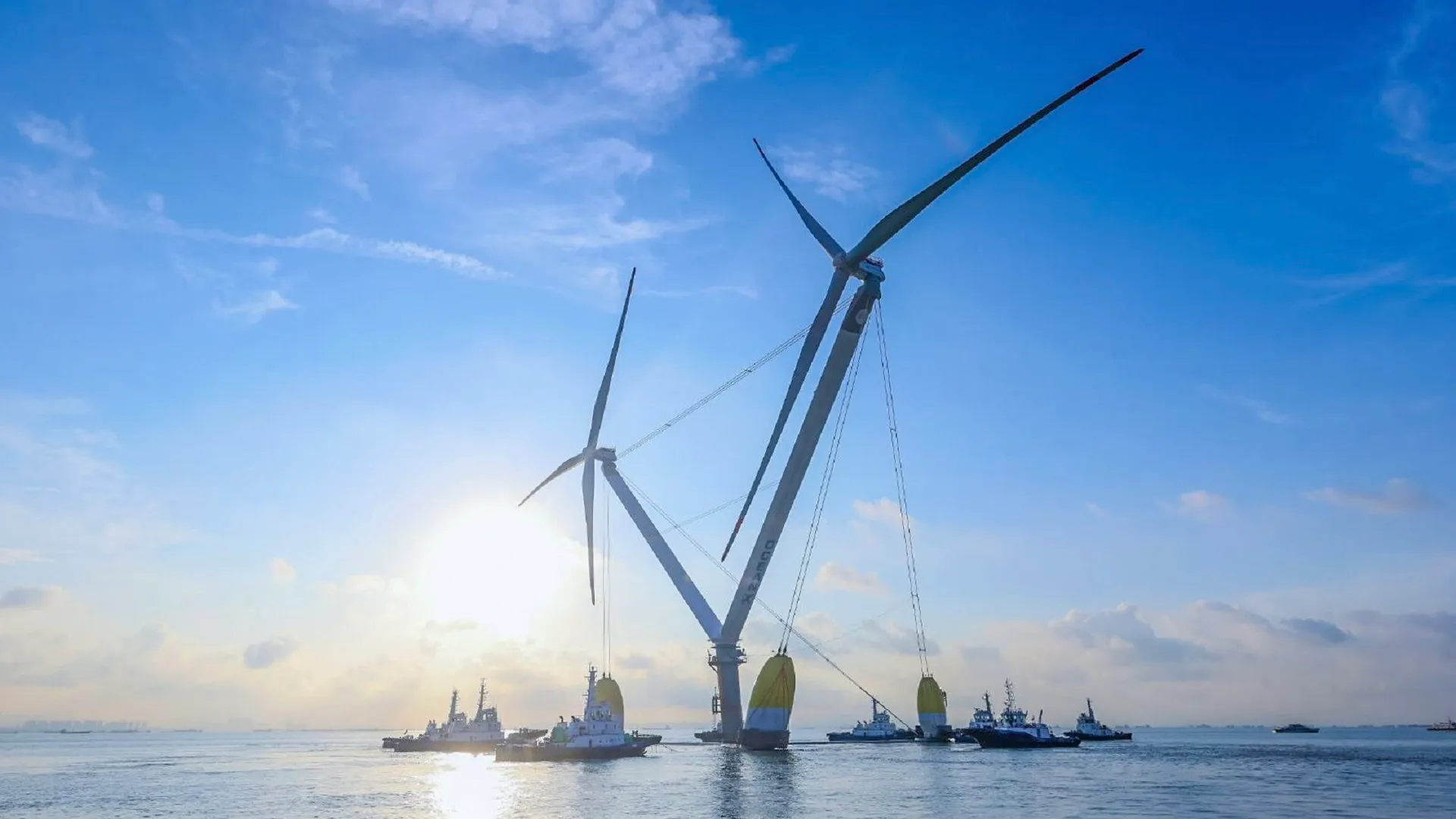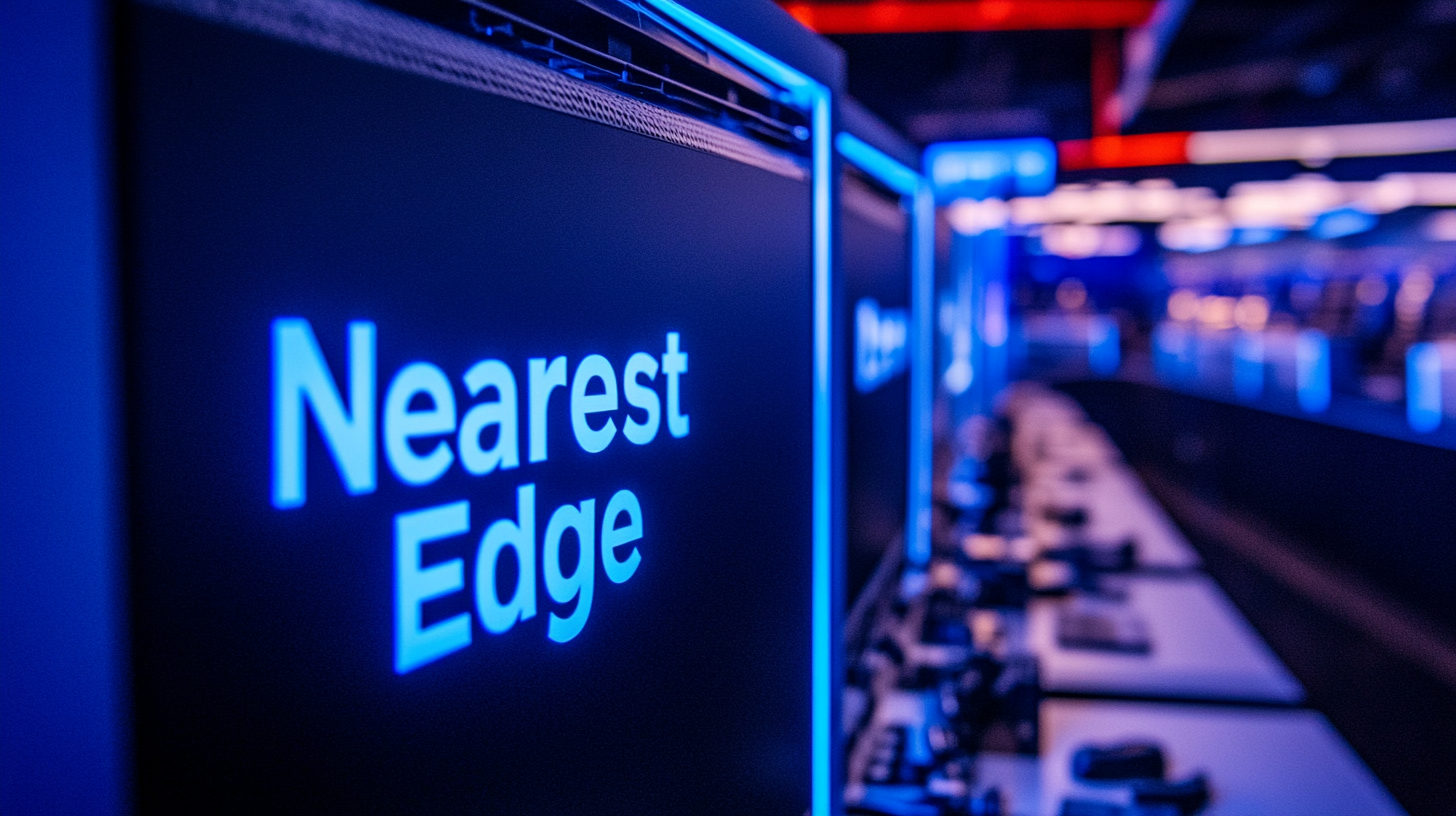Copyright scmp

A critical minerals framework deal valued at US$8.5 billion between the United States and Australia will allow American buyers to rely less on Chinese rare earth metals, but developing a secure, independent supply chain may take the US 10 to 20 years, according to analysts. “Deals like this go a long way – this is a good start,” said Pini Althaus, CEO of US-based rare earth metal investor and developer Cove Capital, adding that Beijing would likely grow “more concerned” as the deal matures and if the US signs similar pacts with other countries. The US-Australia framework represents intensifying efforts to “accelerate the secure supply of critical minerals and rare earths”, the White House said in an announcement on Monday. It added that both sides would mobilise support for capital and operational expenditures, through means such as loans or equity, along with the finalisation of purchases known as “offtake arrangements”. Within six months, the US and Australia will take measures aimed at providing at least US$1 billion in financing for projects, in each country, that are “expected to generate end product” for buyers in both, the White House said. US President Donald Trump and Australian Prime Minister Anthony Albanese signed the deal in Washington after five months of talks and two weeks after China expanded controls on exports of its own rare earth elements and related technologies. The framework agreement will help the US by letting it access Australian critical minerals technology, Althaus said. The CEO added that the deal’s purchasing agreements and “floor prices” would make it more difficult for China to compete on mineral rates. The framework signatories will “work to protect their respective domestic critical minerals and rare earths markets from non-market policies and unfair trade practices”, including the use of “standards-based systems”, according to the White House statement. Charles Chang, a finance professor at Fudan University in Shanghai, said that if the private sector gets on board, commercial sales under the Australia-US framework could emerge in just two to three years, and that China might react by offering Australia a competing deal. Export controls on Chinese rare earths, although not new in 2025, have become part of a broader US-China trade dispute since Trump took office in January. The two sides have also raised import tariffs this year, while the US has curbed Chinese access to semiconductor technology. China currently mines about 70 per cent of the world’s rare earth metals, a subset of critical minerals, and holds 90 per cent of the global processing capacity. The US relies heavily on these materials for defence manufacturing and throughout the hi-tech hardware supply chain. Australian-US sales will materialise under the framework deal in as little as two years under a first “wave” reliant on existing mines, and in at least 10 years under a “second wave” after new production facilities come online, said Stuart Orr, executive dean at the Melbourne Institute of Technology. He added that it would also take at least 10 years for the US to develop a stable critical minerals supply chain without reliance on China. Althaus estimated that it could take the US up to twice that long to attain a “completely secure and independent supply chain”. Australia hosts 89 active rare earth exploration projects, outpacing Canada, Brazil and the US, the Washington-based Centre for Strategic and International Studies (CSIS) think tank said in a Monday analysis. The mineral-rich country is also investing heavily in processing capacity, and last year it was the top destination for rare earth exploration, with about 45 per cent of global investment, CSIS said. Reducing reliance on China “is the whole purpose from the US perspective”, Orr said. “As we know, China is reducing the availability of rare earths.”



